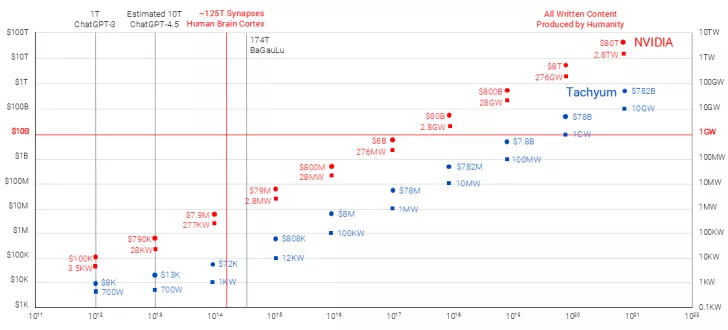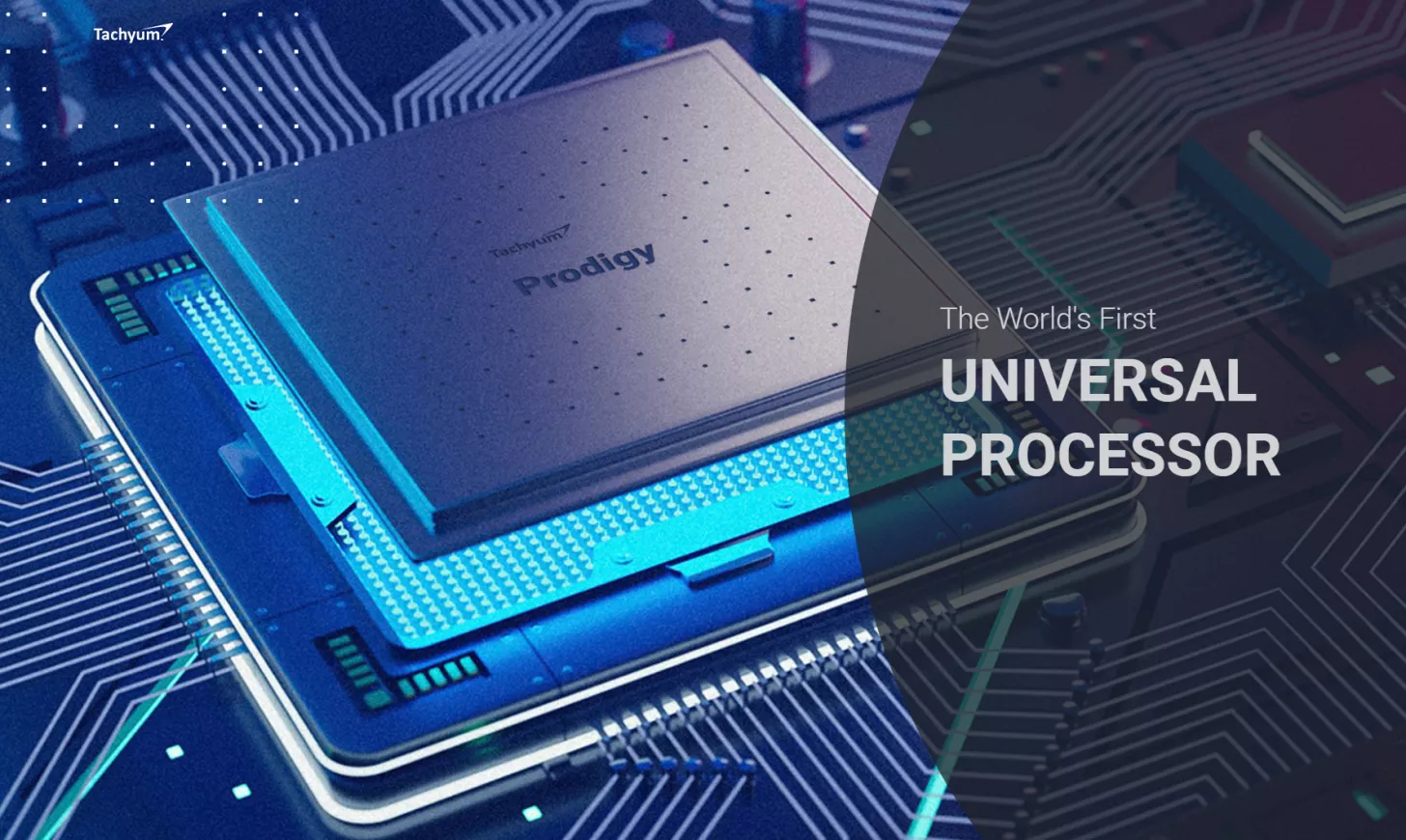Tachyum has announced the release of its groundbreaking 2nm Prodigy chips, promising up to 1024 cores and cutting-edge DDR5 memory support. These chips aim to challenge NVIDIA’s Rubin Ultra in the competitive computing landscape.
Tachyum’s Bold Prodigy Upgrade
Tachyum’s ambitious journey with its General-Purpose “Tachyum” chip project has seen multiple delays and design changes. Initial plans for a chip with 256 cores per chiplet were set for a 2027 release. Previously, they showcased a 128-core, 5.7 GHz design on a 5nm process, later upgraded to 192 cores, yet these models never reached production. Today, Tachyum reveals its 2nm Prodigy chips, a significant leap in their endeavor, though they are yet to see a full-scale launch.

The specifications are impressive: the Prodigy 2nm pushes the boundaries with up to 1024 64-bit cores, clocking at speeds up to 6.0 GHz. This architecture supports systems scaling to 16 sockets, totaling an astounding 8,192 CPU cores. Specs outline a 2nm architecture, 1024 64-bit cores, up to 1 GB of combined cache, and a TDP reaching 1600W. Also notable is the support for DDR5 speeds up to 17,600 MT/s and a massive 48 TB DDR5 capacity per socket.
Performance Claims and Market Impact
Tachyum is aiming high with its Prodigy 2nm chips, which are designed to support advanced matrix and vector extensions for AI and high-performance computing. An Out-of-Order architecture enables 8 instructions per clock, with cache capabilities including 128 KB of I-Cache and 64 KB of D-Cache, both featuring ECC, and a substantial 1 GB of L2+L3 cache.

The Prodigy 2nm chips will support 24 DDR5 channels and a robust I/O with 128 PCIe 7.0 lanes. Tachyum’s roadmap includes ambitious benchmarks, claiming Prodigy 2 could exceed 1000 PFLOPs on inference, a feat unmatched by NVIDIA’s Rubin’s 50 PFLOPs. Prodigy Ultimate is touted to deliver 21.3 times the AI rack performance of NVIDIA Rubin Ultra, highlighting Tachyum’s aggressive market positioning.

Tachyum’s latest announcement suggests it is ready to bring these innovations to fruition through a recent $220 million investment. However, the company has yet to produce a tangible product, leaving the industry awaiting its next move. Whether Tachyum can meet its ambitious goals remains to be seen, but the potential implications for the market are significant.
